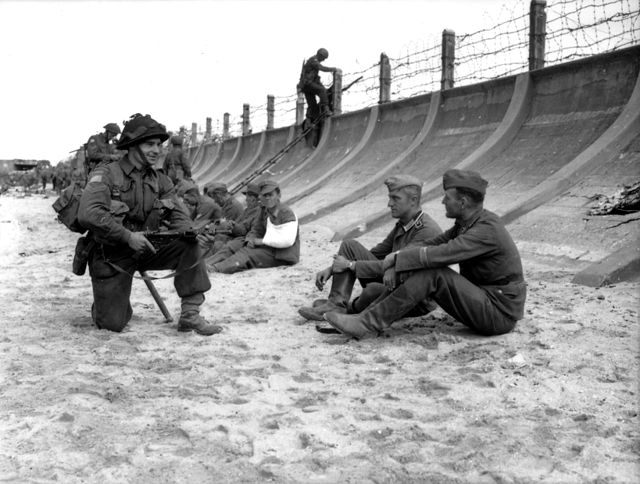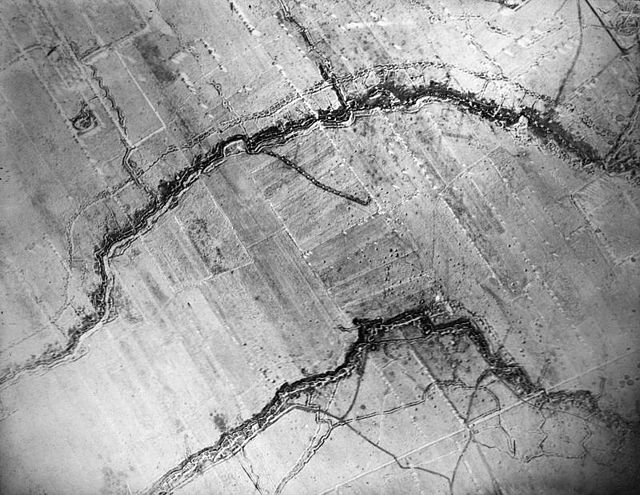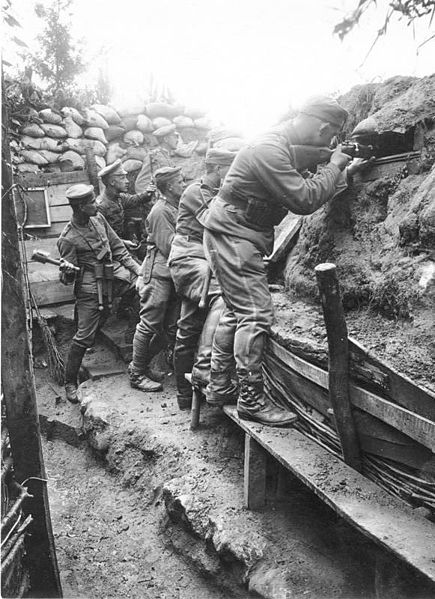Enfilade and defilade are concepts in military tactics used to describe a military formation's exposure to enemy fire. A formation or position is "in enfilade" if weapon fire can be directed along its longest axis. A unit or position is "in defilade" if it uses natural or artificial obstacles to shield or conceal itself from enfilade and hostile fire. The strategies, named by the English during the Hundred Years' War, use the French enfiler and défiler spoken by English nobility of the time.
Top to bottom: a German bunker on Juno Beach with wounded Canadian soldiers, 6 June 1944. The same bunker in September 2006. Finally, the view of the bunker's enfilading field of fire with respect to the seawall
The deadly result of enfilade fire during the Dieppe Raid of 1942: dead Canadian soldiers lie where they fell on "Blue Beach". Trapped between the beach and fortified sea wall, they made easy targets for MG 34 machineguns in a German bunker. The bunker firing slit is visible in the distance, just above the German soldier's head.
Juno Beach on D-Day, 1944. The barbed wire fence is crude and not very high. However, when combined with the steep, curving sea wall it slows down any attacker, giving time for the machinegun bunker (visible on the far left) to enfilade any attackers. Note the soldier in the background, forced to use a ladder.
Trench warfare is a type of land warfare using occupied lines largely comprising military trenches, in which combatants are well-protected from the enemy's small arms fire and are substantially sheltered from artillery. It became archetypically associated with World War I (1914–1918), when the Race to the Sea rapidly expanded trench use on the Western Front starting in September 1914.
British (upper) and German (lower) frontline trenches, 1916
German soldiers of the 11th Reserve Hussar Regiment fighting from a trench, on the Western Front, 1916
Plan of Ruapekapeka Pā, an elaborate and heavily fortified Ngāpuhi innovation, which James Belich has argued laid the groundwork for or essentially invented modern trench warfare.
Trenches at the Siege of Vicksburg 1863







